Or search by topic
Number and algebra
Geometry and measure
Probability and statistics
Working mathematically
Advanced mathematics
For younger learners
Approaching Asymptotes
- Problem
- Student Solutions
Warm up
This is a graph of the function $f(x)=\dfrac{1}{x}.$

The graph has two asymptotes.
How would you describe what an asymptote is?
Main problem
Here are some descriptions or statements about asymptotes.
- "An asymptote is a line which a curve gets closer and closer to but doesn't meet."
- "An asymptote is a line which a curve approaches as $x$ tends to infinity."
- "A curve can't cross an asymptote."
- "Asymptotes are parallel to the coordinate axes."
- "A graph can only have one asymptote parallel to each axis."
- "Asymptotes occur when a function isn't defined for certain input values."
- "A function tends to positive infinity on one side of an asymptote and tends to negative infinity on the other side."
Here are some examples of curves, some of which have asymptotes. Use these to help you decide whether you agree with the statements above. Printable versions of these cards can be downloaded here
A B
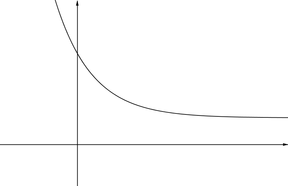
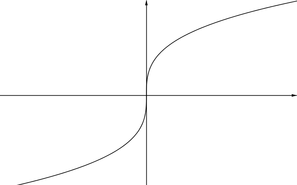
C D
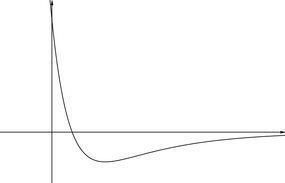
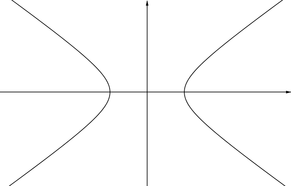
E F
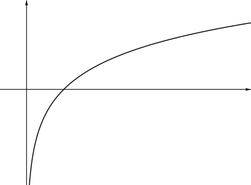

G H
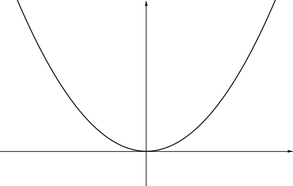
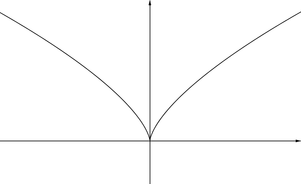
I J
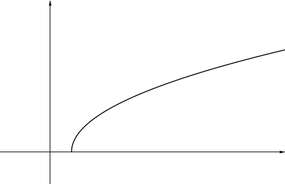
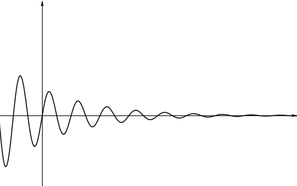
K L

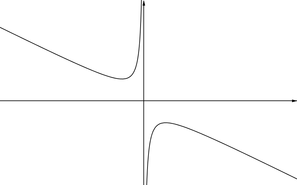
M N
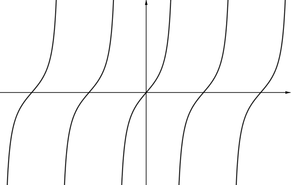

O P


Underground Mathematics is hosted by Cambridge Mathematics. The project was originally funded by a grant from the UK Department for Education to provide free web-based resources that support the teaching and learning of post-16 mathematics.
Visit the site at undergroundmathematics.org to find more resources, which also offer suggestions, solutions and teacher notes to help with their use in the classroom.
You may also like
Powerful Quadratics
This comes in two parts, with the first being less fiendish than the second. It’s great for practising both quadratics and laws of indices, and you can get a lot from making sure that you find all the solutions. For a real challenge (requiring a bit more knowledge), you could consider finding the complex solutions.
Discriminating
You're invited to decide whether statements about the number of solutions of a quadratic equation are always, sometimes or never true.
Factorisable Quadratics
This will encourage you to think about whether all quadratics can be factorised and to develop a better understanding of the effect that changing the coefficients has on the factorised form.


